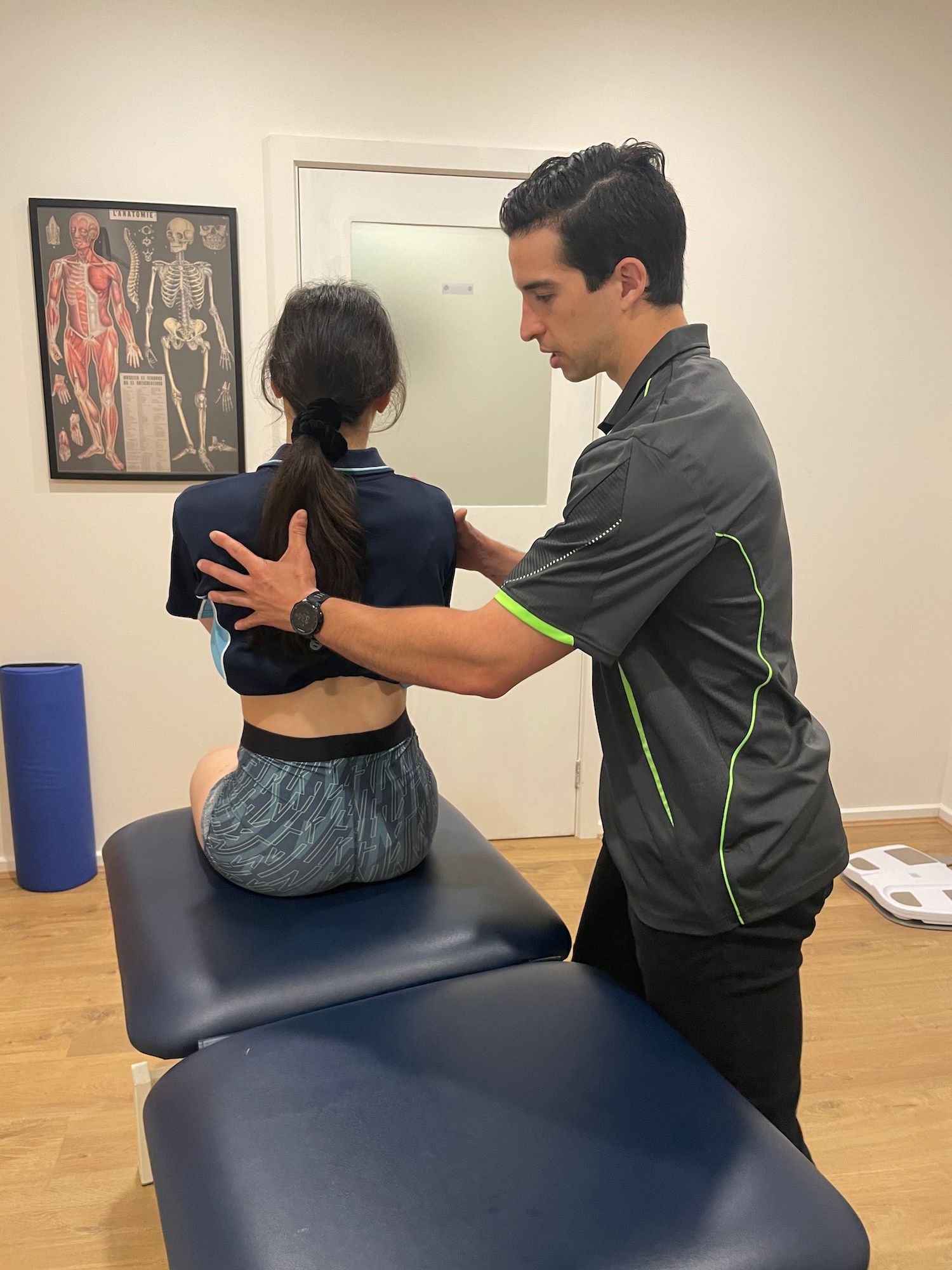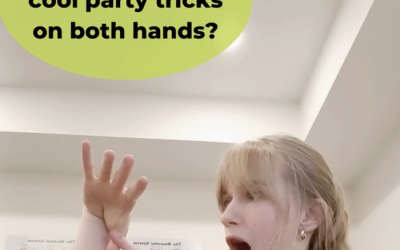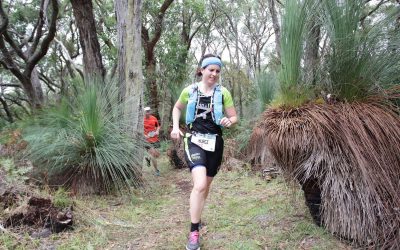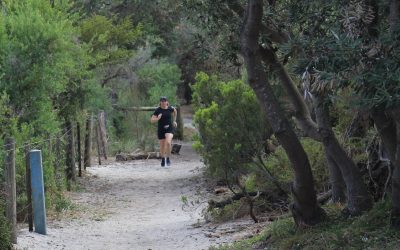Have I slipped a disc?

Have I just slipped a disc? Oh no!
Fear not! It isn’t the end of the world.
Throughout our lives, we put our spine under pressure with everyday occurrences like household chores, sport, work, weight gain and direct trauma.
This can cause the jelly-like disc to slowly, but surely, become more flat and less shock absorbent. Eventually due to wear and tear, they lose their shape and bulge out slightly, which CAN or CANNOT touch the surrounding nerve roots causing irritation and nerve pain.
So, as our bodies start the degeneration process from the time we are in our mid-twenties, coupled with everyday stress and trauma, disc bulges would seem pretty common, yeah? Well, it is…especially over the age of 40, usually in the lower back.
Surprisingly, a lot of people “slip”discs, yet have no symptoms of this whatsoever, simply due to general wear and tear! And so, they go on with their lives- none the wiser!
Yes. That’s right. Bulging discs can have no symptoms.
Just because your MRI comes back positive with a result for a bulge, doesn’t necessarily mean that it is going to be the source of your pain. You may not even know how long you have had it for!
If it does turnout that you have sustained an acute disc bulge, and it is causing you pain, Myotherapy can assist in reducing the associated symptoms, like tight muscles, as well as strengthen the core and the spine using using basic exercises to prevent further postural and mechanical issues.
Symptoms usually hang around for about 6 weeks (depending on each individual case and the things they are doing to assist recovery), but thankfully, not forever.
With this in mind, our bodies are clever and will occasionally tighten the surrounding areas as a safeguard, and this can be managed and released by our fabulous Myos.
– Alli Jennings
Am I Hypermobile? Test & Management Tips
Head feeling too heavy to hold up right all day? - This could be a sign of Hypermobility Hypermobility definition put simply: VERY flexible jointsHave you every wondered if you are hypermobile? Well, Ebony, one of our Myotherapists is Hypermobile. Here, Ebony...
What goals should I set when starting out running and triathlon?
Setting goals is one of the greatest things about sport. It gives your exercise a purpose and direction that is difficult to achieve without a clear objective. Goals such as “I want to exercise so I can look hot” are difficult to attain because they are not specific...
How many days a week should I run?
When starting a running program, it can be tempting when you are enjoying the new activity to want to get out there every day. There is nothing nicer than a free activity that gives you an endorphin kick on a regular basis. Although the physiological...



